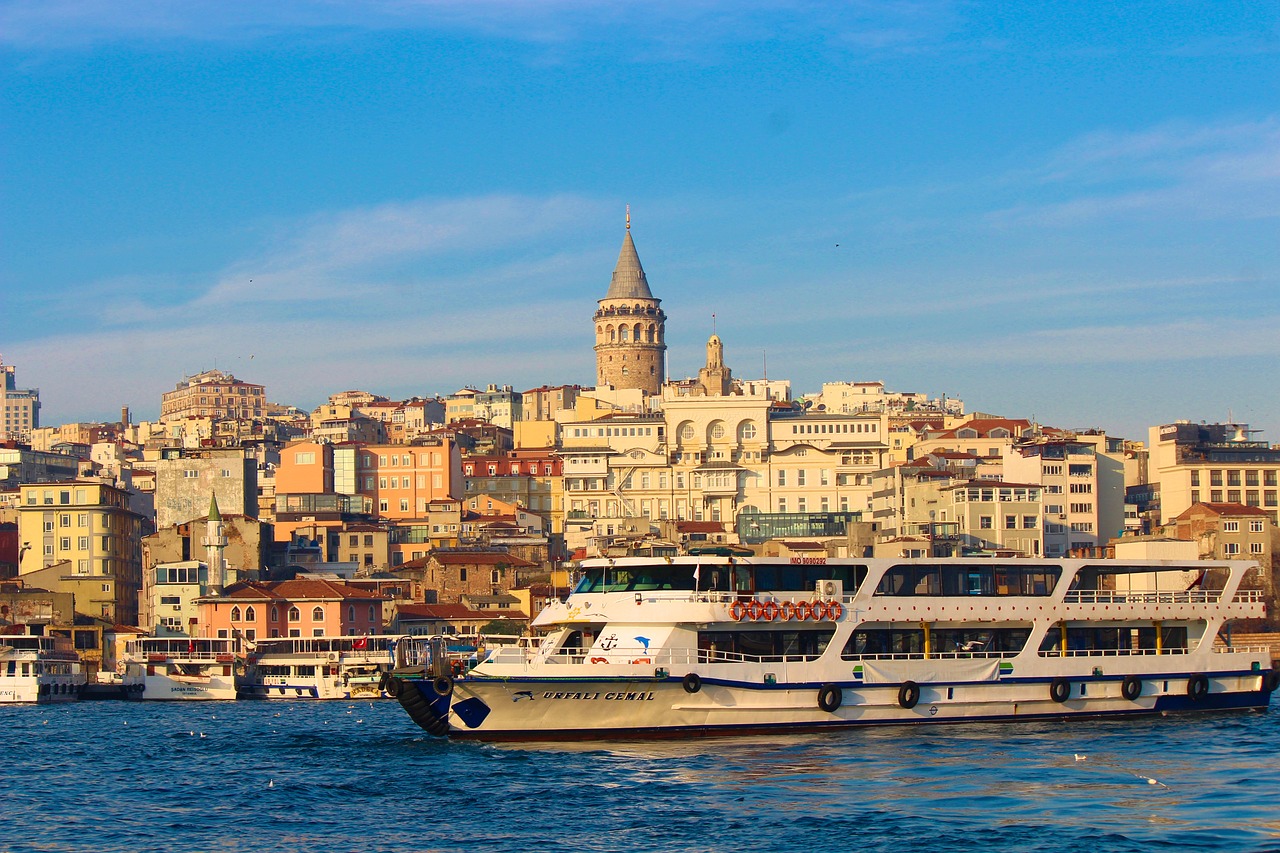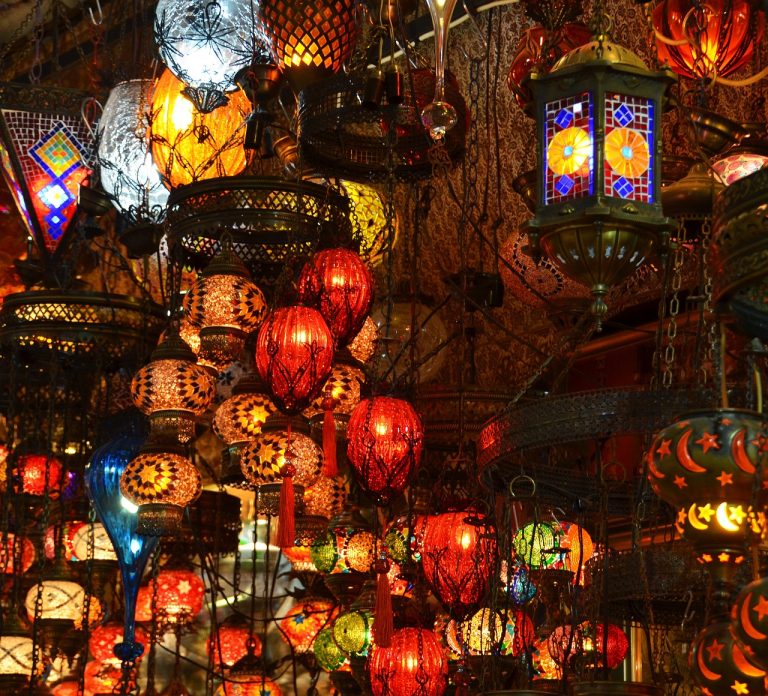Istanbul Turkey Video
Historical Treasures of Istanbul Turkey: Reliving the Past
Istanbul, Turkey, is a city rich in history and culture. From its ancient roots as Byzantium to its later incarnation as Constantinople, Istanbul has been the center of empires and a melting pot of cultures. Today, Istanbul is a vibrant metropolis that seamlessly blends its storied past with modern amenities. In this article, we will explore the historical treasures of Istanbul, taking you on a journey through time and allowing you to relive the past.
Hagia Sophia

Hagia Sophia, also known as Ayasofya, is one of Istanbul’s most iconic landmarks. Originally built as a Byzantine church in the 6th century, it later served as a mosque during the Ottoman Empire and is now a museum. With its impressive dome, intricate mosaics, and stunning architecture, Hagia Sophia is a testament to the city’s rich history.
- Emphasized Keyword 1: Byzantine Church: Hagia Sophia was originally constructed as a Byzantine church and is a prime example of Byzantine architecture.
- Emphasized Keyword 2: Ottoman Empire: During the Ottoman Empire, Hagia Sophia was converted into a mosque, and its minarets were added.
- Emphasized Keyword 3: Museum: Today, Hagia Sophia serves as a museum, showcasing its historical and architectural significance to visitors from around the world.
Topkapi Palace
Topkapi Palace, located in the heart of Istanbul, was the primary residence of the Ottoman sultans for nearly 400 years. This sprawling complex offers a glimpse into the opulence and grandeur of the Ottoman Empire. Visitors can explore the palace’s various courtyards, halls, and gardens, as well as view the extensive collection of treasures, including Ottoman jewelry, manuscripts, and weapons.
- Emphasized Keyword 1: Ottoman Sultans: Topkapi Palace was the residence of the Ottoman sultans, who ruled over the empire for centuries.
- Emphasized Keyword 2: Opulence: The palace’s architecture and interior design reflect the grandeur and wealth of the Ottoman Empire.
- Emphasized Keyword 3: Treasures: The palace houses a vast collection of Ottoman artifacts, providing insight into the empire’s rich history and culture.
Blue Mosque
The Blue Mosque, officially known as the Sultan Ahmed Mosque, is one of Istanbul’s most famous and beautiful mosques. Built in the early 17th century, it features stunning blue tilework, intricate calligraphy, and an impressive dome. The mosque is still an active place of worship, and visitors can experience its serene atmosphere and architectural splendor.
- Emphasized Keyword 1: Sultan Ahmed Mosque: The Blue Mosque is officially known as the Sultan Ahmed Mosque, named after the Ottoman Sultan Ahmed I who commissioned its construction.
- Emphasized Keyword 2: Blue Tilework: The mosque’s interior is adorned with exquisite blue tiles, giving it its nickname, the Blue Mosque.
- Emphasized Keyword 3: Active Place of Worship: The Blue Mosque remains an active mosque, allowing visitors to witness and respect Islamic traditions.
Grand Bazaar

The Grand Bazaar, or Kapalıçarşı, is one of the world’s oldest and largest covered markets. Dating back to the 15th century, this bustling marketplace is a treasure trove of vibrant colors, aromatic spices, intricate textiles, and unique souvenirs. With over 4,000 shops, the Grand Bazaar is a shopper’s paradise and a testament to Istanbul’s rich trading history.
- Emphasized Keyword 1: Covered Market: The Grand Bazaar is a covered market, protecting visitors from the elements while they explore its labyrinthine streets.
- Emphasized Keyword 2: Trading History: The market’s long history reflects Istanbul’s role as a major trading hub between Europe and Asia.
- Emphasized Keyword 3: Souvenirs: Visitors can find a wide array of unique souvenirs, including Turkish carpets, spices, jewelry, and ceramics.
Galata Tower
The Galata Tower, located in the Galata district, offers panoramic views of Istanbul’s skyline. Built in the 14th century, this medieval stone tower has served various purposes throughout history, including as an observation tower and a prison. Today, visitors can ascend to the top and enjoy breathtaking views of the city and the Bosphorus Strait.
- Emphasized Keyword 1: Panoramic Views: The Galata Tower provides stunning panoramic views of Istanbul, allowing visitors to appreciate the city’s unique skyline.
- Emphasized Keyword 2: Medieval Tower: Built during the medieval period, the Galata Tower is a testament to Istanbul’s historical architectural landmarks.
- Emphasized Keyword 3: Bosphorus Strait: From the tower’s vantage point, visitors can admire the beauty of the Bosphorus Strait, which divides Istanbul between Europe and Asia.
Spice Bazaar
The Spice Bazaar, also known as the Egyptian Bazaar, is a vibrant marketplace filled with the enticing aromas of spices, teas, and Turkish delights. Established in the 17th century, this bustling bazaar is a sensory delight, offering visitors a chance to immerse themselves in Istanbul’s culinary traditions. From exotic spices to traditional sweets, the Spice Bazaar is a feast for the senses.
- Emphasized Keyword 1: Culinary Traditions: The Spice Bazaar is a reflection of Istanbul’s rich culinary heritage, showcasing a wide variety of spices, teas, and traditional Turkish sweets.
- Emphasized Keyword 2: Exotic Aromas: The bazaar’s narrow alleys are filled with the intoxicating scents of spices, creating a unique and immersive experience for visitors.
- Emphasized Keyword 3: Turkish Delights: The Spice Bazaar is a great place to sample and purchase traditional Turkish delights, a beloved sweet treat in Turkish cuisine.
Basilica Cistern

The Basilica Cistern, also known as the Yerebatan Sarnıcı, is an underground marvel that once supplied water to the Byzantine Great Palace. Built in the 6th century, this vast subterranean structure features beautiful columns, atmospheric lighting, and even resident fish. Visitors can wander through the cistern’s dimly lit chambers and marvel at its architectural ingenuity.
- Emphasized Keyword 1: Underground Marvel: The Basilica Cistern is an impressive underground structure that showcases the engineering prowess of the Byzantine Empire.
- Emphasized Keyword 2: Atmospheric Lighting: The cistern’s dimly lit chambers create an otherworldly atmosphere, adding to its mystique and allure.
- Emphasized Keyword 3: Resident Fish: The cistern is home to resident fish, which swim in the shallow water, adding a unique touch to the visitor experience.
Dolmabahçe Palace
Dolmabahçe Palace, situated along the Bosphorus Strait, is a stunning example of Ottoman architecture and European influences. Built in the 19th century, this grand palace served as the administrative center of the Ottoman Empire. Its opulent interiors, including the Crystal Staircase and the Ceremonial Hall, reflect the wealth and grandeur of the empire. Visitors can explore the palace’s beautiful gardens and learn about the history of the Ottoman Empire.
- Emphasized Keyword 1: Ottoman Architecture: Dolmabahçe Palace is a prime example of Ottoman architecture, blending elements of traditional Turkish design with European influences.
- Emphasized Keyword 2: Crystal Staircase: The palace’s Crystal Staircase is a breathtaking feature, adorned with crystal banisters and a stunning chandelier.
- Emphasized Keyword 3: Ottoman Empire: Dolmabahçe Palace played a significant role as the administrative center of the Ottoman Empire, showcasing its historical importance.
Chora Church
The Chora Church, also known as the Kariye Museum, is a hidden gem tucked away in Istanbul’s Edirnekapı neighborhood. Dating back to the Byzantine era, this small church boasts exquisite mosaics and frescoes depicting biblical scenes and the life of Jesus Christ. The Chora Church is a must-visit for art enthusiasts and history lovers seeking to uncover Istanbul’s lesser-known treasures.
- Emphasized Keyword 1: Byzantine Era: The Chora Church dates back to the Byzantine era, offering a glimpse into the artistic and religious traditions of that time.
- Emphasized Keyword 2: Mosaics and Frescoes: The church’s mosaics and frescoes are renowned for their intricate details and vibrant colors, showcasing the artistic talent of the Byzantine Empire.
- Emphasized Keyword 3: Biblical Scenes: The artwork within the Chora Church depicts various biblical scenes, allowing visitors to connect with the religious history of Istanbul.
Conclusion
Istanbul, Turkey, is a city that truly embodies its historical treasures. From the awe-inspiring Hagia Sophia and Topkapi Palace to the vibrant markets and hidden gems, Istanbul offers a captivating journey through time. Whether you’re a history enthusiast, an art lover, or simply someone seeking to immerse yourself in a rich cultural experience, Istanbul’s historical treasures are sure to leave a lasting impression.
References
- Hagia Sophia – www.hagiasophia.com
- Topkapi Palace – www.topkapisarayi.gov.tr
- Blue Mosque – www.bluemosque.co
- Grand Bazaar – www.grandbazaaristanbul.org
- Galata Tower – www.galatatower.com
- Spice Bazaar – www.spicebazaaristanbul.com
- Basilica Cistern – www.yerebatansarnici.com
- Dolmabahçe Palace – www.millisaraylar.gov.tr
- Chora Church – www.kariyemuzesi.gov.tr







